By Jenna Clark
“Coaching is about doing your best to put people in the right places to be successful, so if you’re coaching a team, you’re trying to put people in a place where their strengths are always being enhanced,” new principal Dr. Mark Sims said. “The same thing works in teaching and learning — trying to place people in positions where they can be successful.”
Sims was the head women’s basketball coach at Occidental College for four years and at Glendora High School for seven years. He said this experience helps him know how to get the best out of people and work as a cohesive team.
Sims moved from San Dimas, California to San Rafael to become principal of San Marin this year. His family stayed behind for the time being, but his oldest son is moving to Northern California next year, and his wife and youngest son might, depending on how his son’s school year goes. Sims has four children, two biological and two foster. Three are boys ages 20, 18 and 14 and one is a 22-year-old girl. He also has two rescue dogs, schnauzers named Kennedy and Truman. Although both are named after presidents, they happened to have these names when he adopted them at different times.
Sims has always worked in the public-education system. In 1985, his senior year high school English teacher noticed his skill in interpreting literary texts. Sims said he could see things that his Ivy League-bound friends couldn’t. His teacher encouraged him to become an educator. Sims kept this in the back of his mind even though most men in his family were in law enforcement. He coached high school basketball, was an instructional aid, worked in campus safety, became a substitute teacher and then a full-time teacher. Sims has been an assistant principal at three high schools, instructional director of the Los Angeles Unified School District and principal of two high schools. Prior to coming to San Marin, he was principal of Duarte High School in Duarte, California.
Sims enjoys interacting with students, attending school events and watching students perform, both academically and in extracurricular activities. He said he is always blown away with how talented students are. Sims attends most sports games and said he is excited to see the drama and musical productions.
Outside of his job, Sims said he enjoys reading crime novels, cooking and watching sports. Sims is a Giants fan because he said he roots for teams with coaches he likes because he identifies more with the coaches and managers than the players.
The most difficult part of Sims’ job is trying to get all the different groups, meaning the administration, school board, district office, teachers and students, to come together with a general understanding of how they can operate to meet the needs of all parties, he said.
“The public needs to understand that high school students are, for the most part, adults, so we want to give them some of those freedoms to be adults in an environment that is a little bit more structured,” Sims said.
When Sims went on a tour of Ramona High School in Ramona, California, he said he was very impressed with how students would come up and greet an adult when they walked in a classroom and articulate what they were doing in class. He took this idea and enhanced it, so now every classroom at San Marin indicates what students will be doing, how they will be doing it and why they will be doing it. Docents greet adults that come into classrooms and explain the what, how and why of what they are working on. This justifies why students are doing what they are doing and lets them know what to expect, Sims said.
Sims said San Marin needs to improve its standardized test scores, increase planning time for teachers and setup support systems for students. He is interested in keeping the library open later after school, but said he didn’t see much student interest and it is expensive because the school has to pay someone to stay late and supervise.
Sims said he is going to propose having free periods in the day, where students can catch up on homework, take a nap or meet with a teacher, and teachers can have additional planning time. Sims said free periods were successful at some of his previous places of work.
Sims is working on concurrent enrollment programs with local colleges, including a program for the Biotechnology Academy.
“Academies need to have and should have some kind of built-in support where students are getting something that makes them employable and something that adds to the value of that particular academy,” Sims said. “I strongly believe that our students are far more prepared sometimes than they’re given credit for, so if we can get them either a certificate or a degree in whatever those particular areas are, that’s truly beneficial.”
Sims is also working on a rebranding effort, including hanging avenue banners around the school with pictures of students and replacing the grass and weeds in the front of the school with drought-resistant, native Marin plants.
“You’re spending eight hours of the day here, or more,” Sims said. “This should be something where you like being here, things are painted, things look good. I have ideas how it could happen, but I don’t have the financial resources or the connections to make it happen. People can choose any school nowadays and people go to different schools for a variety of reasons. There’s got to be a reason to come here.”
Sims’ goals including increasing CAASPP and AP results and A-G requirements, adding diversity into courses, keeping an open enrollment equity policy for admittance into courses and continuing to win on the field and on the court.
Sims said most administrators aren’t able to hold their positions for a long time because it’s very tiring, but he’ll be at San Marin as long as people want him here and as long as he’s happy.
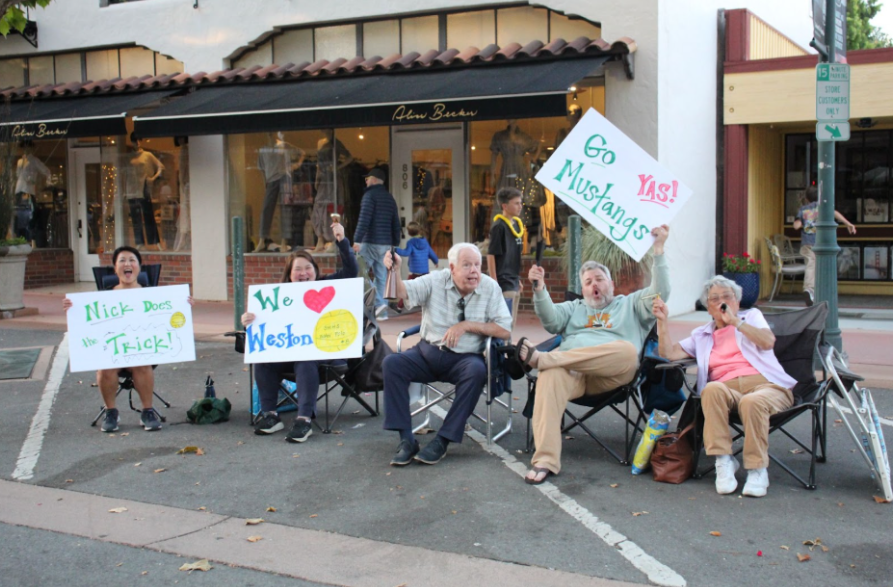
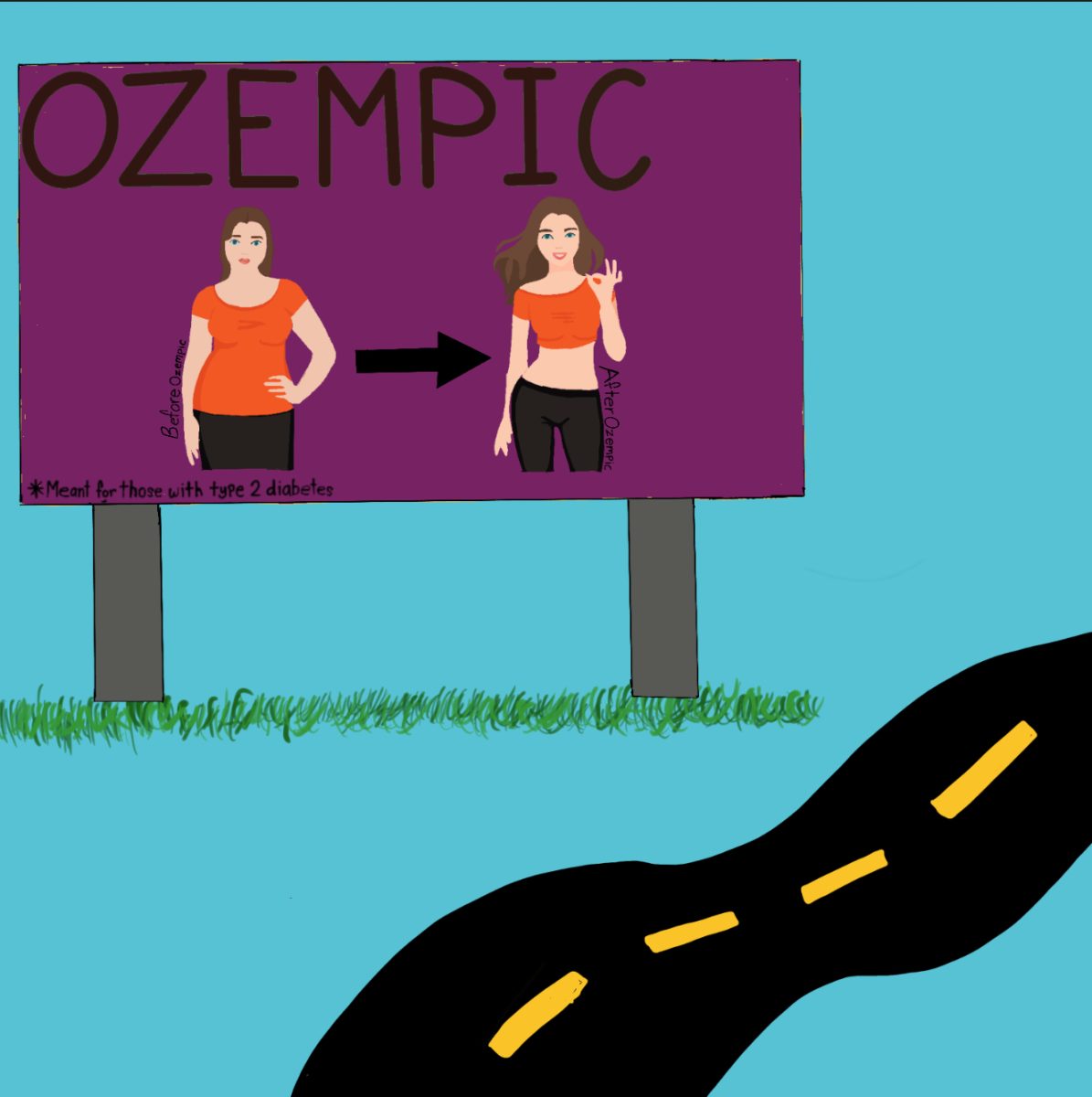
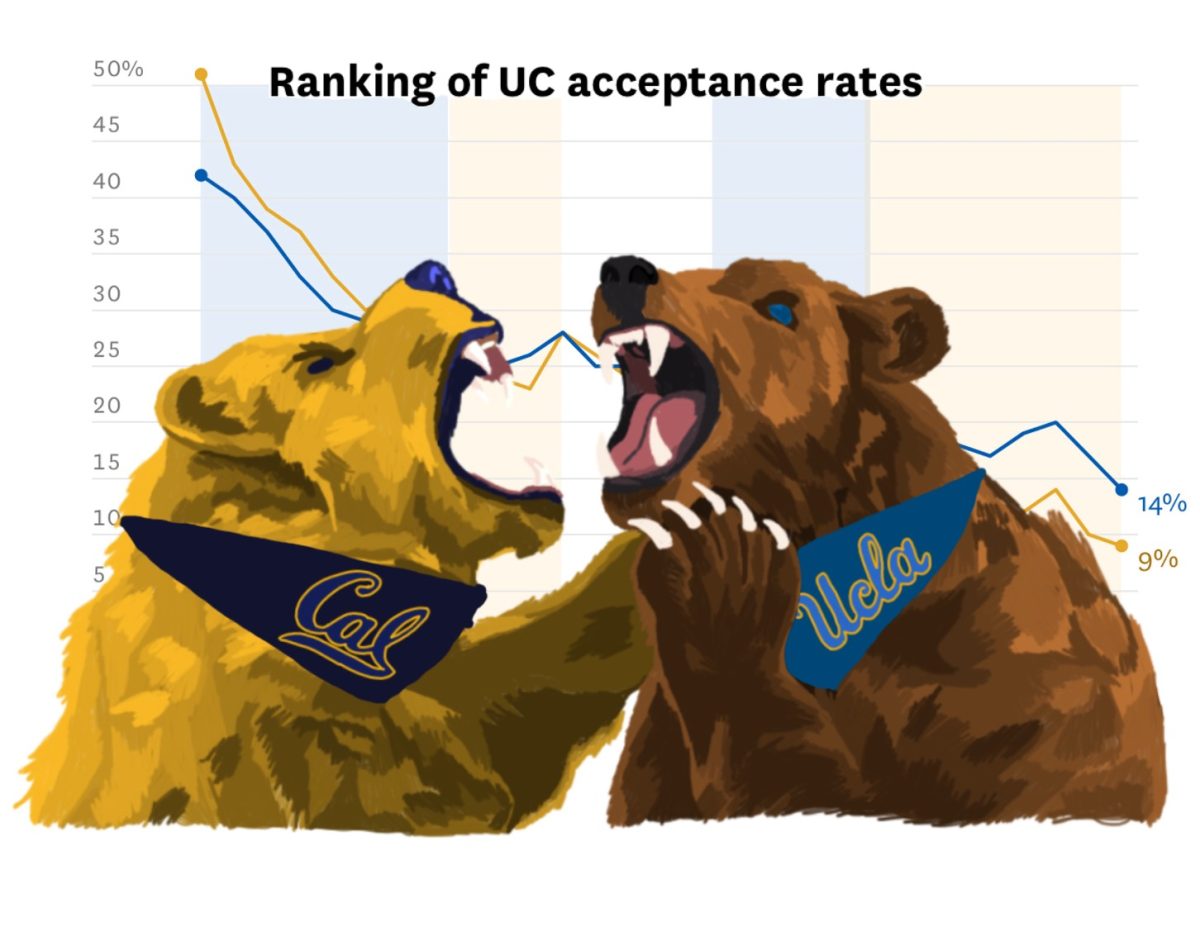
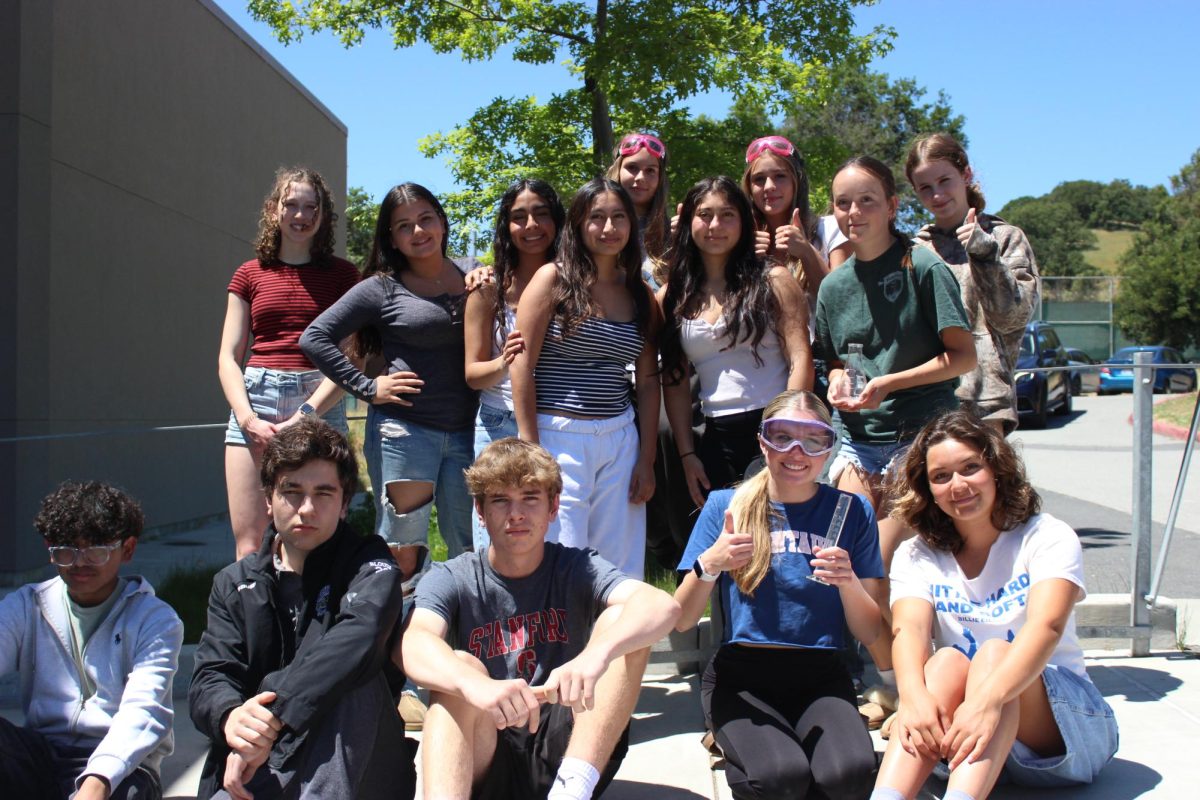
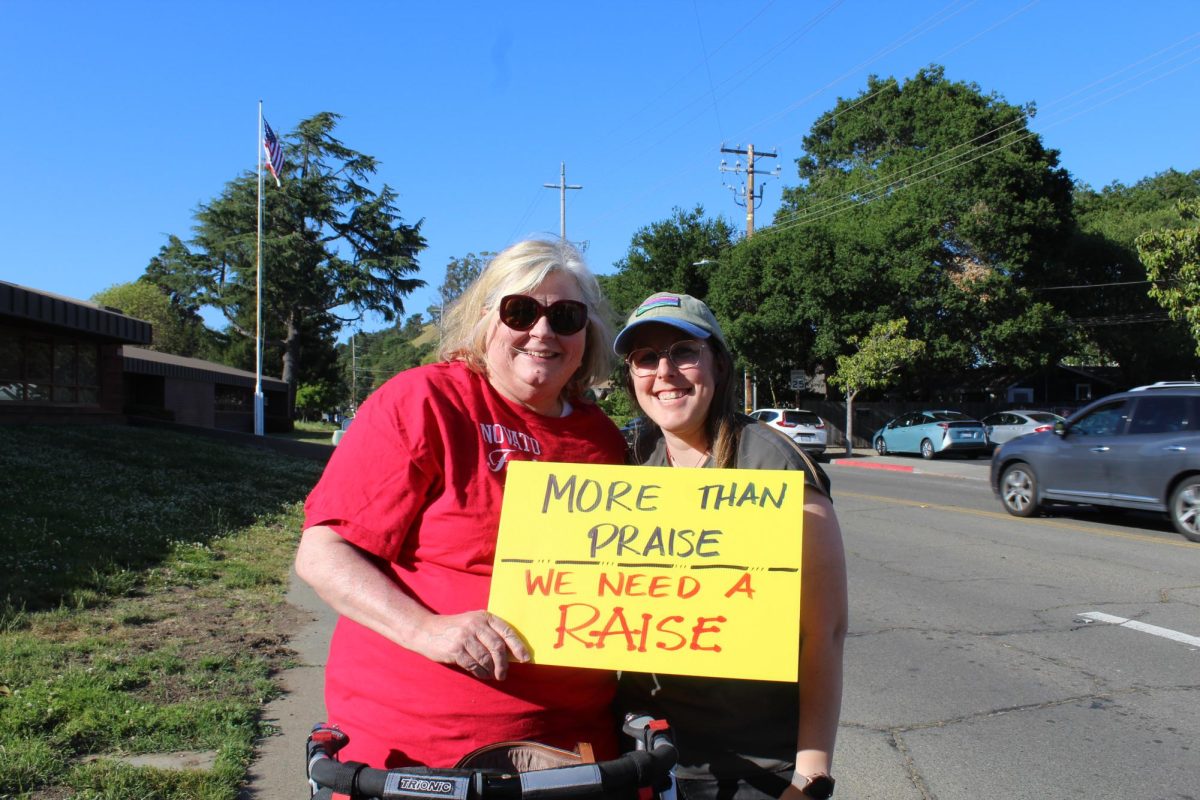
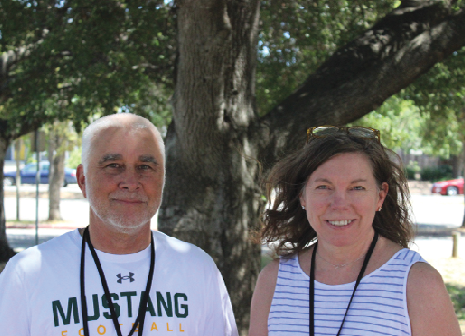
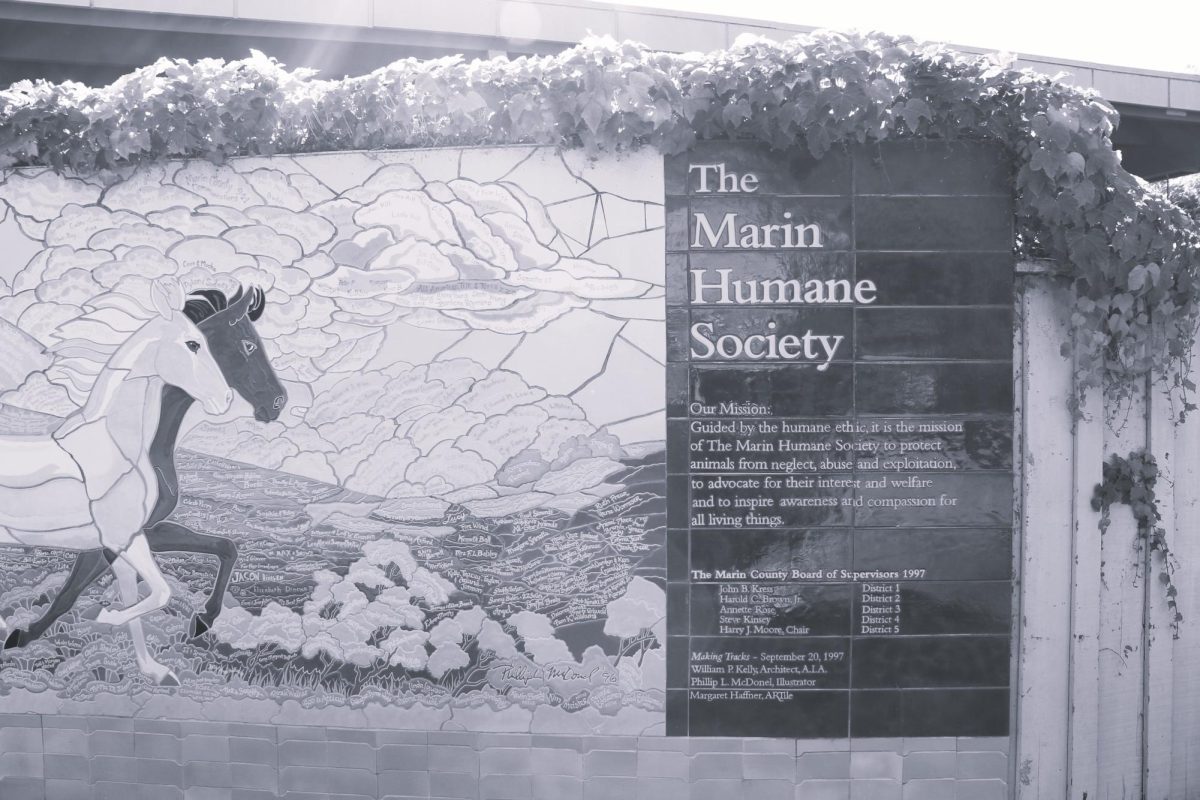
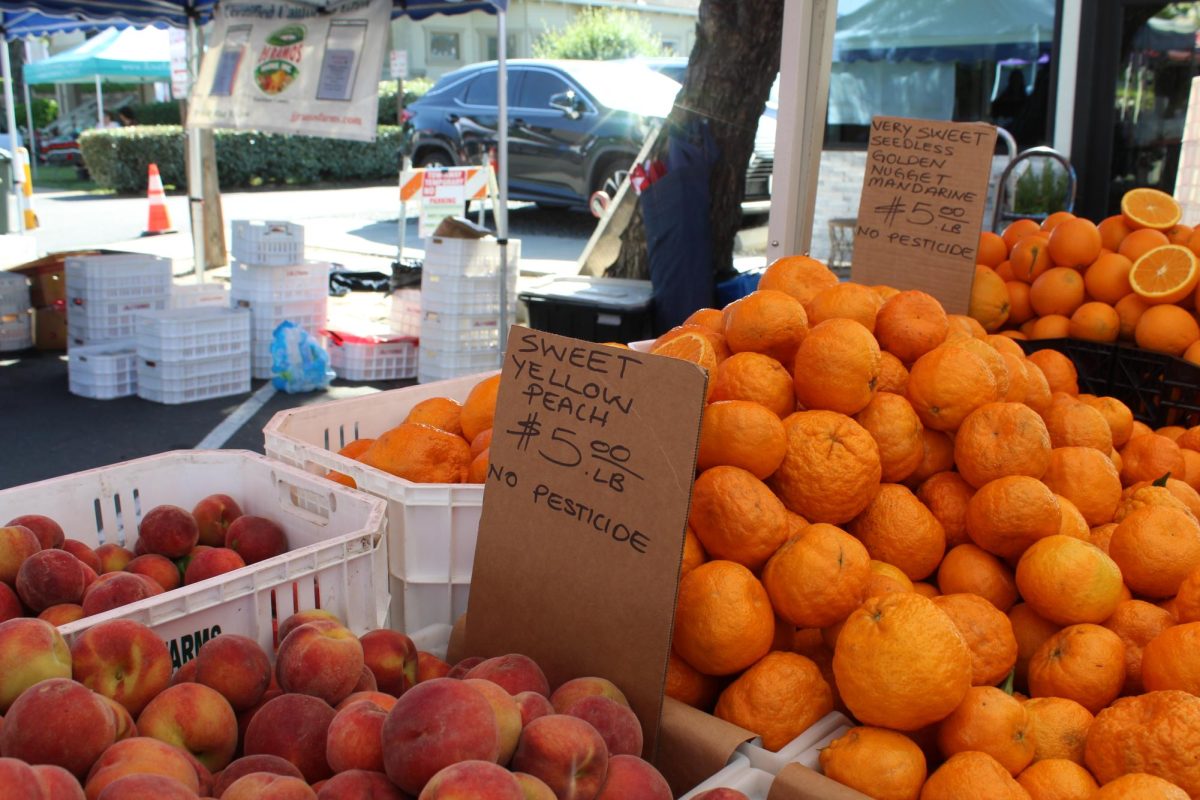

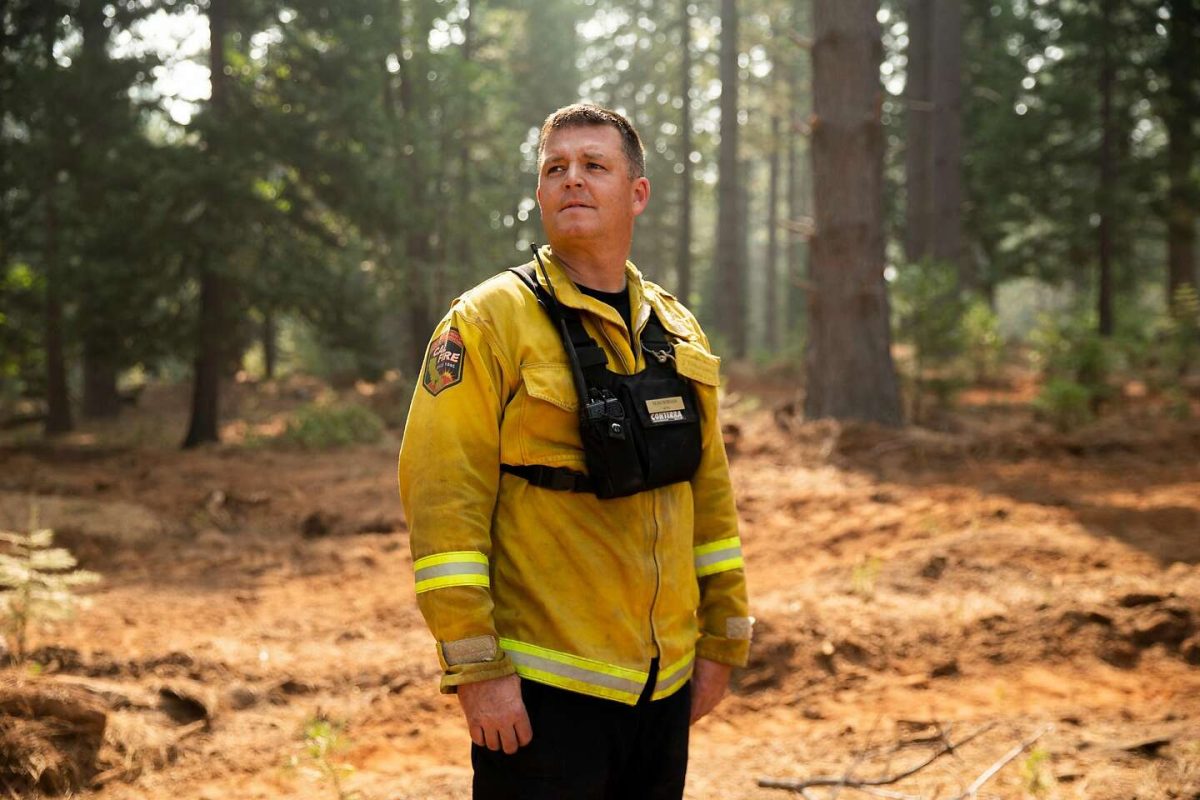
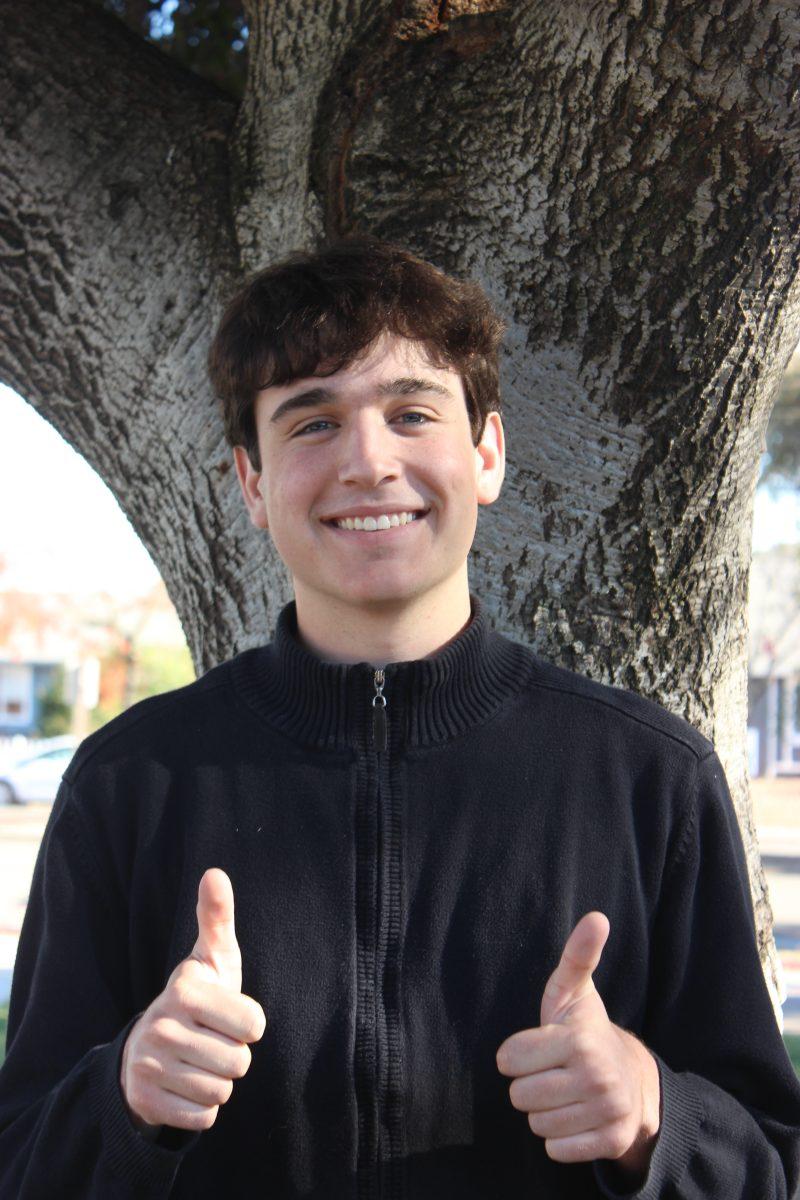
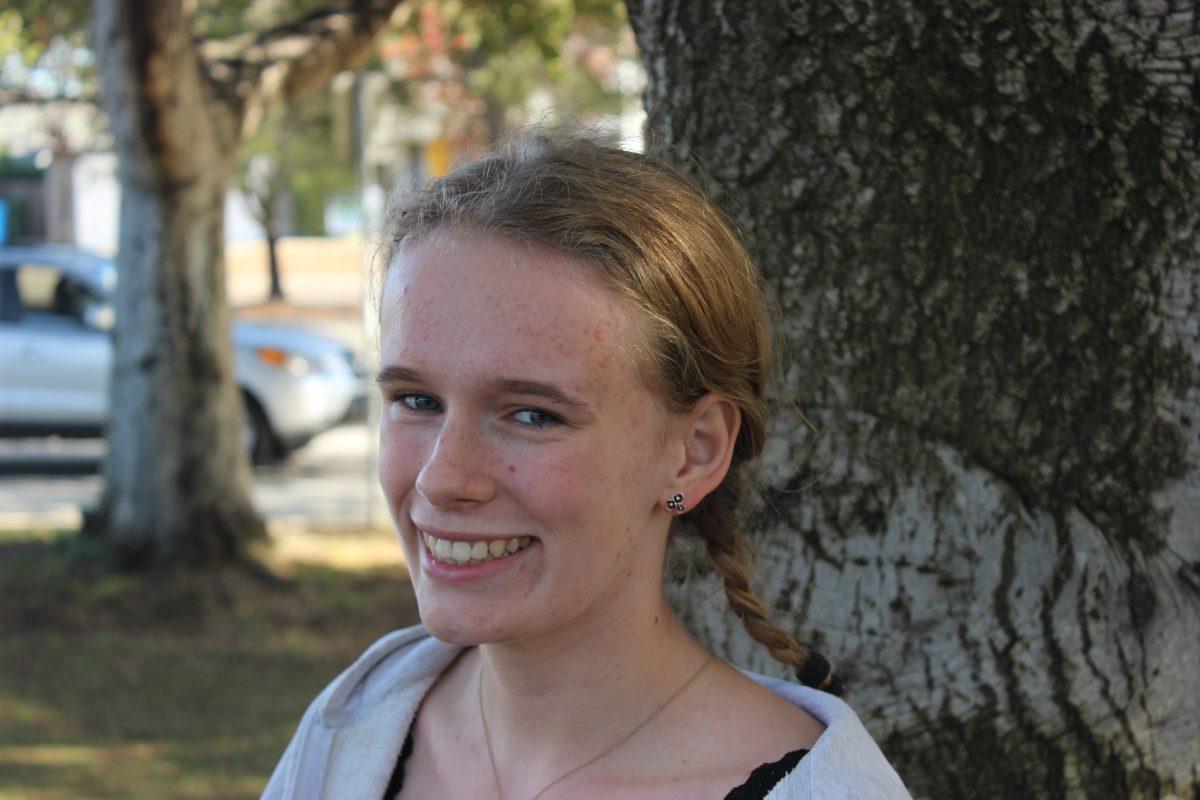
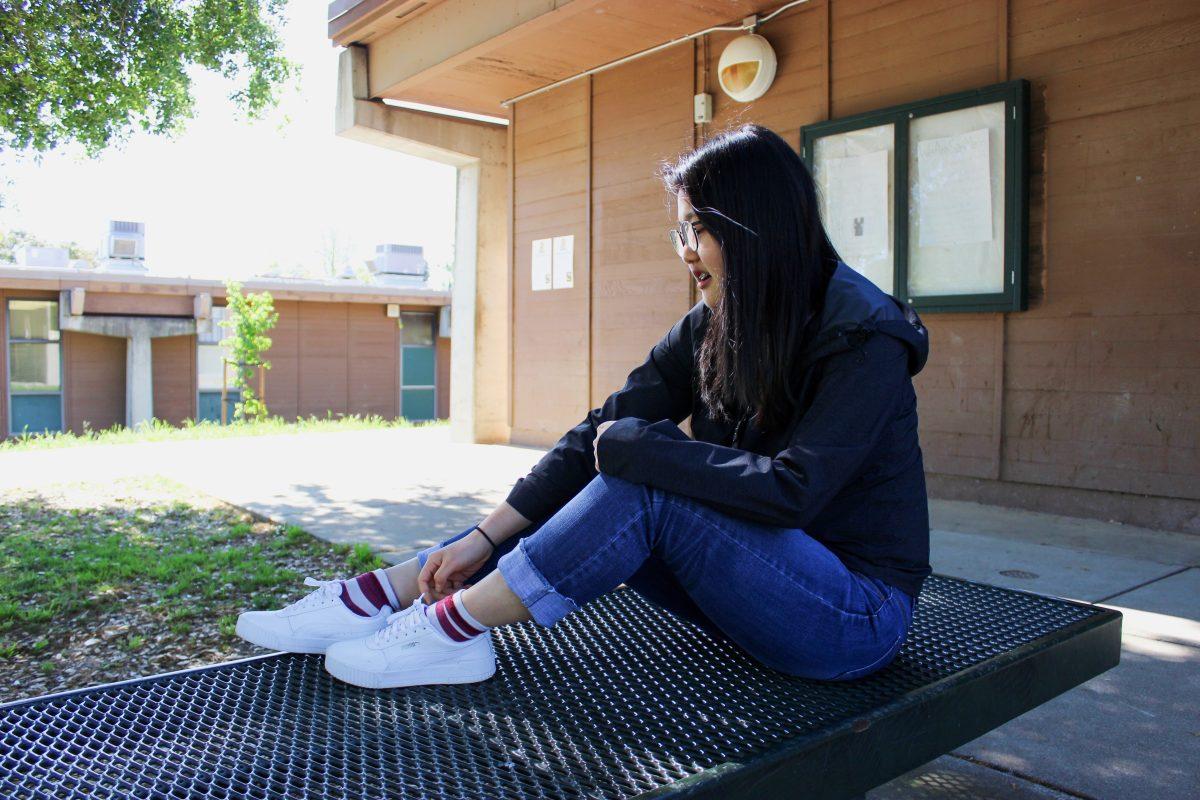
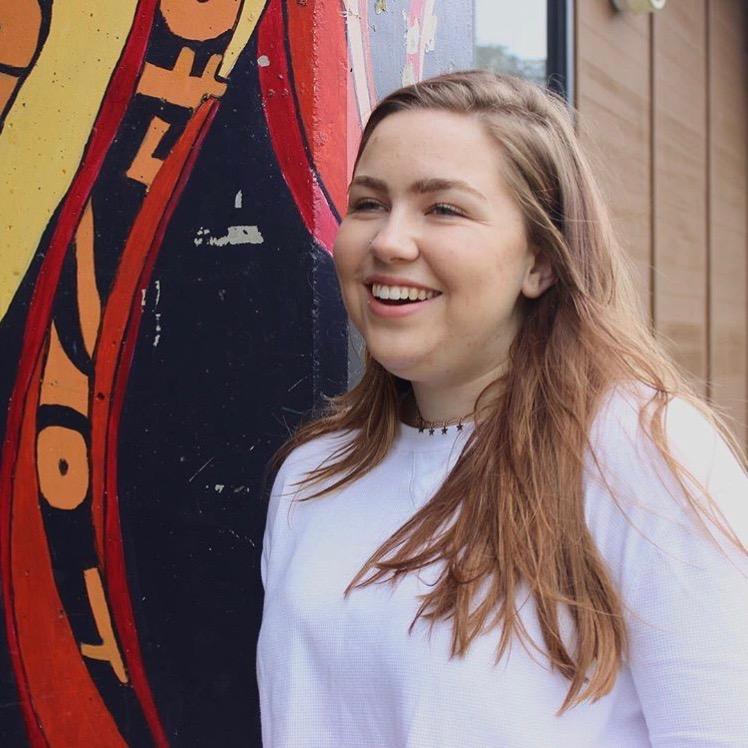
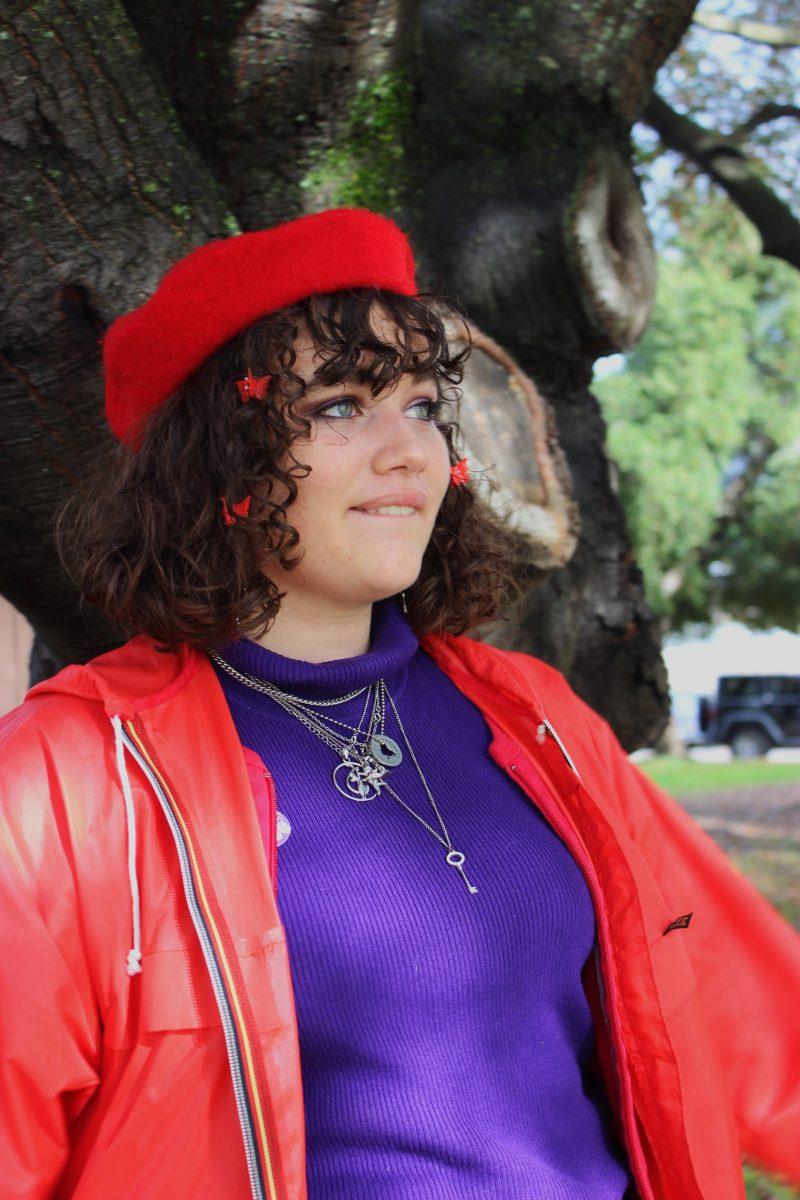
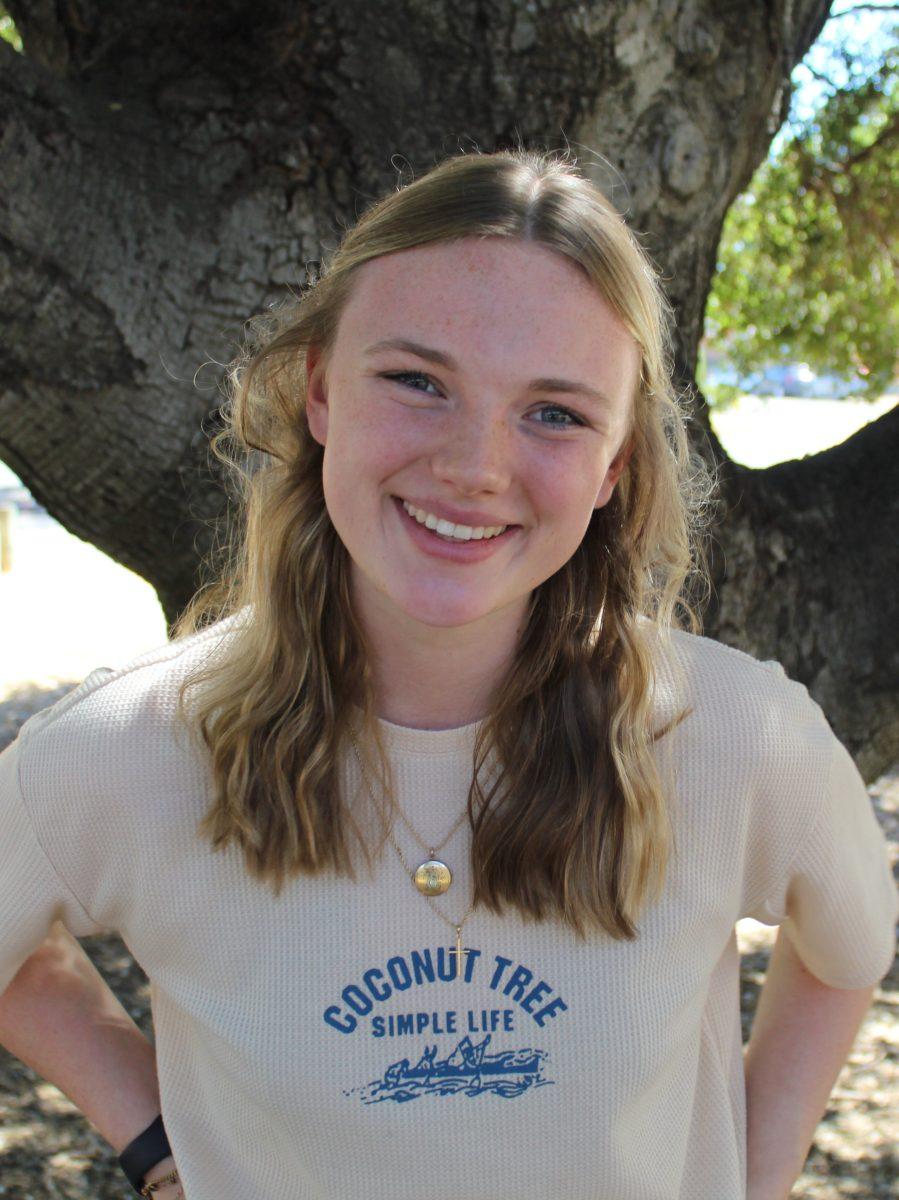
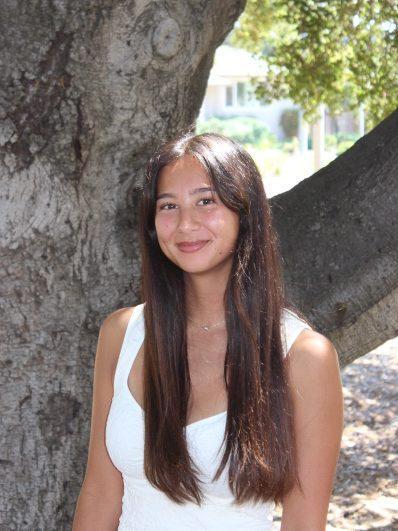
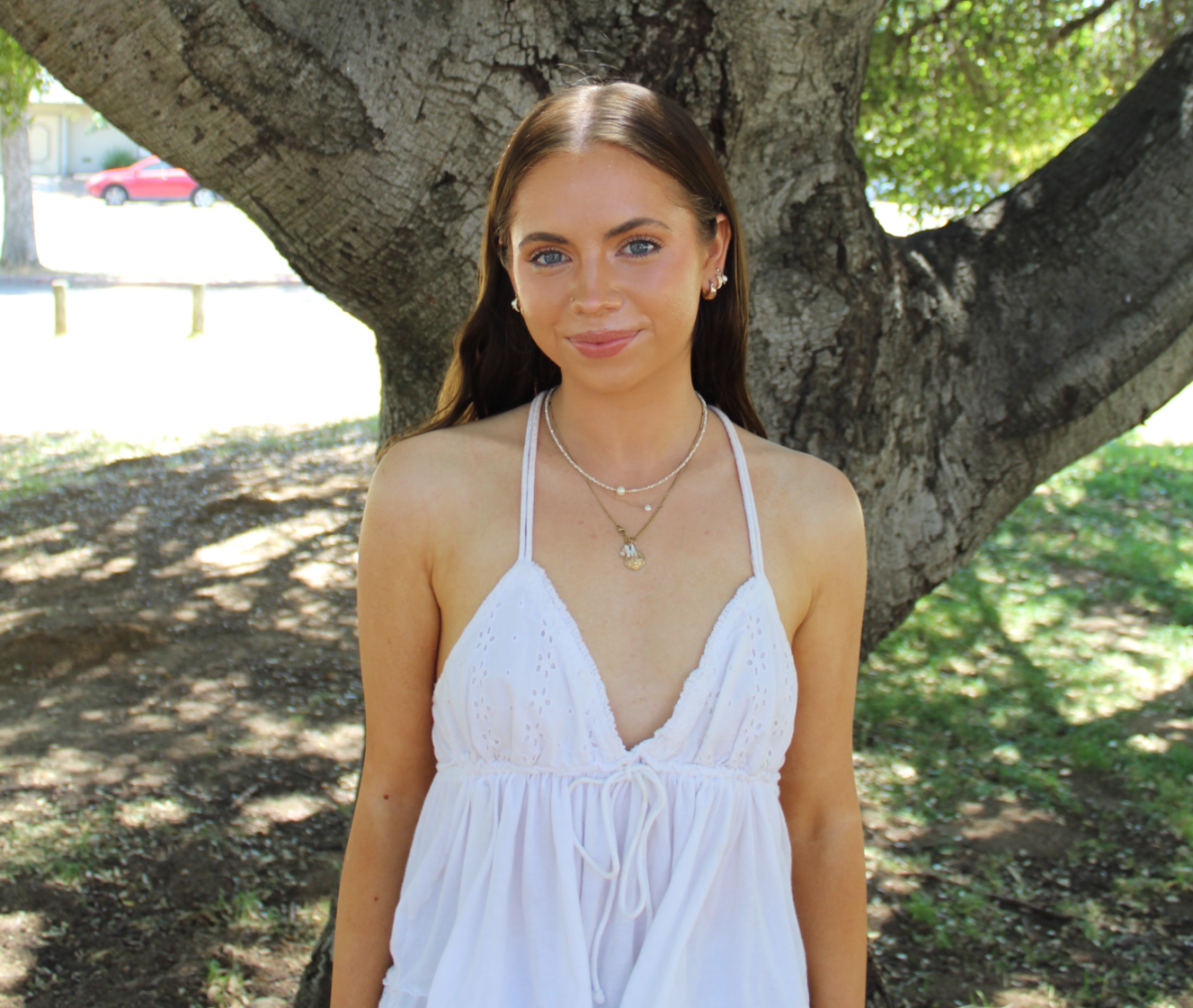
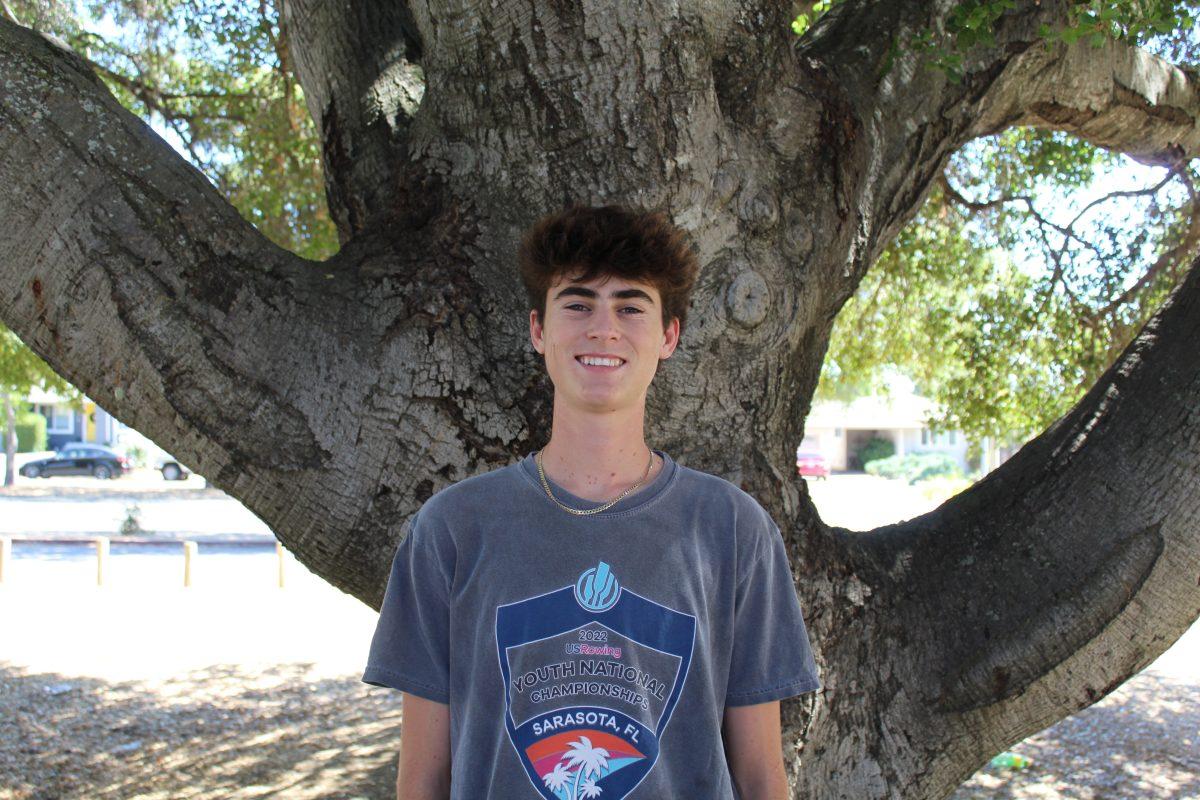
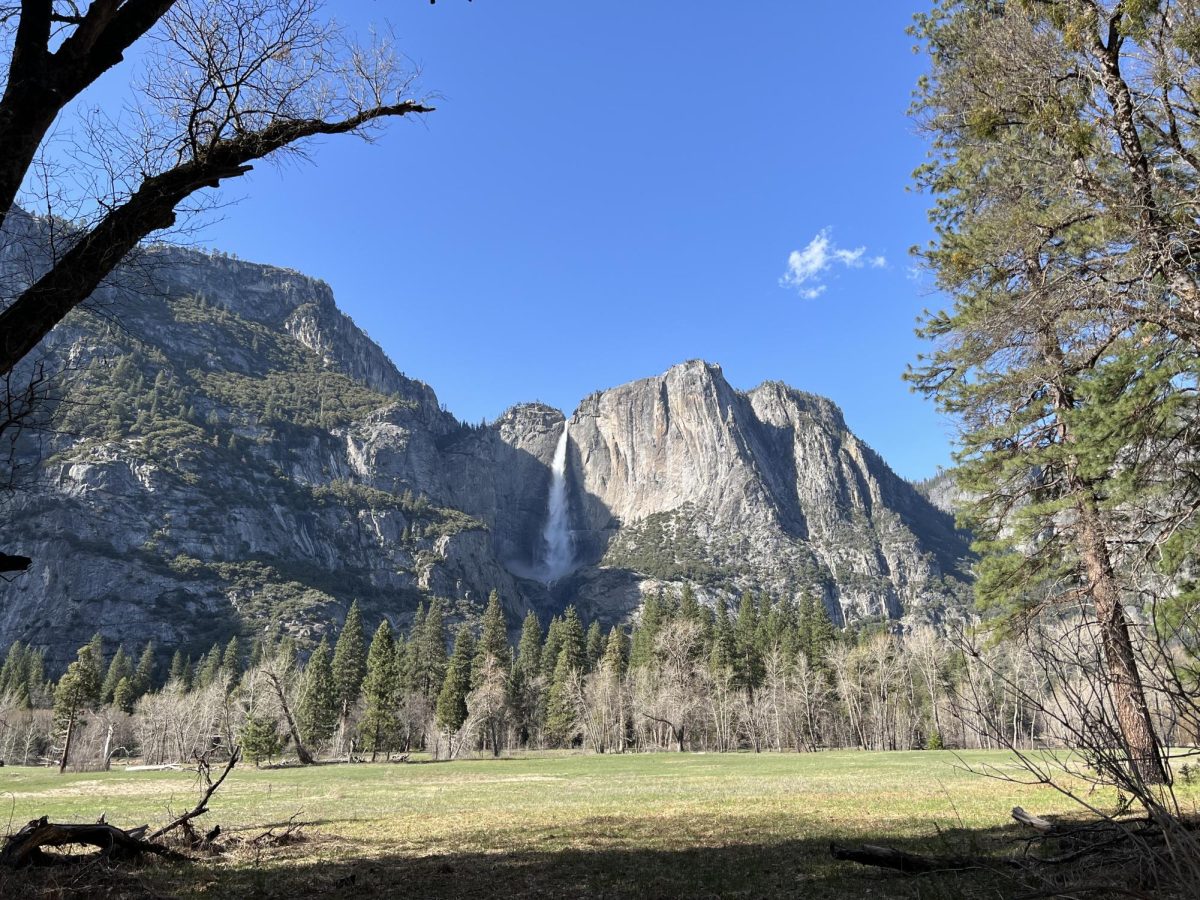
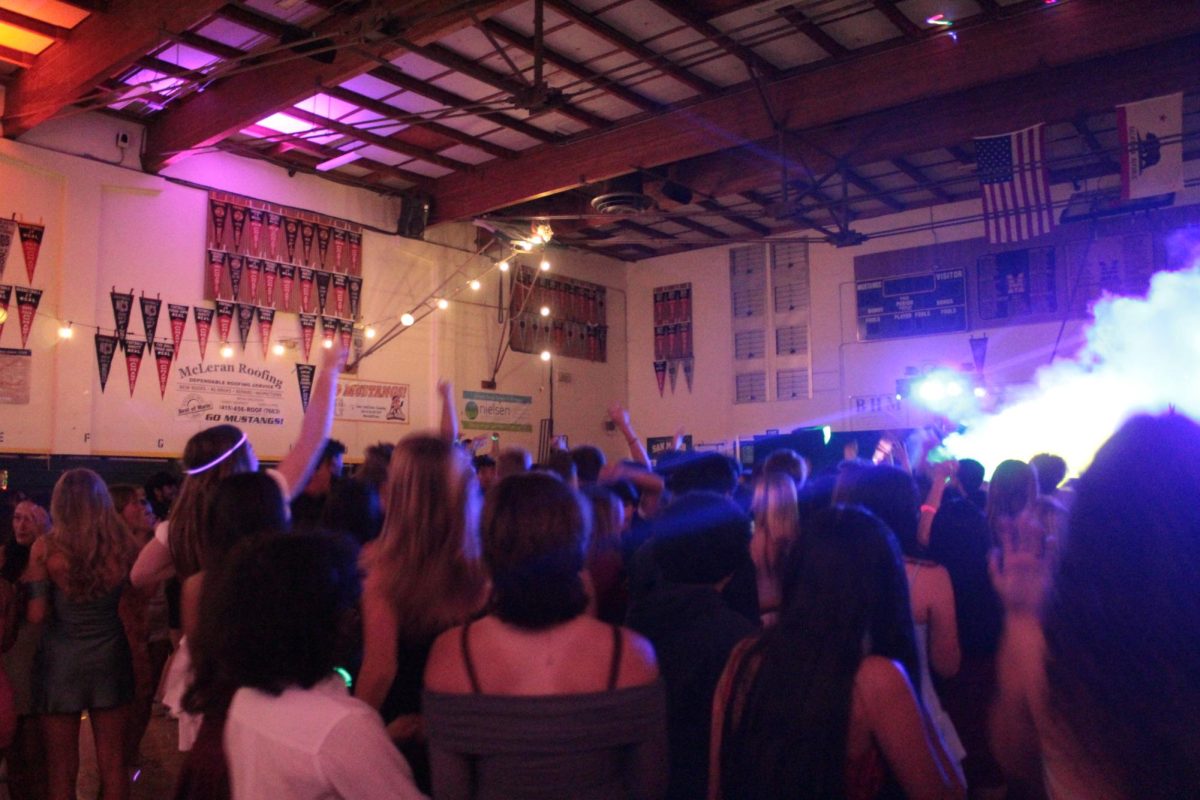
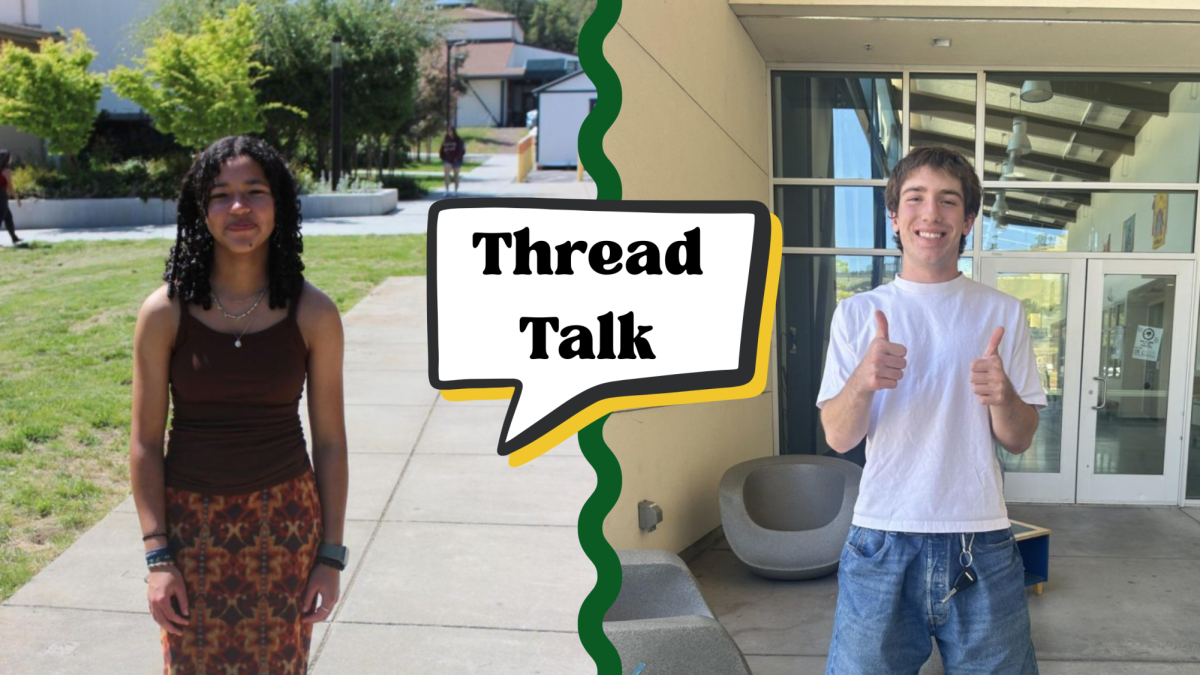


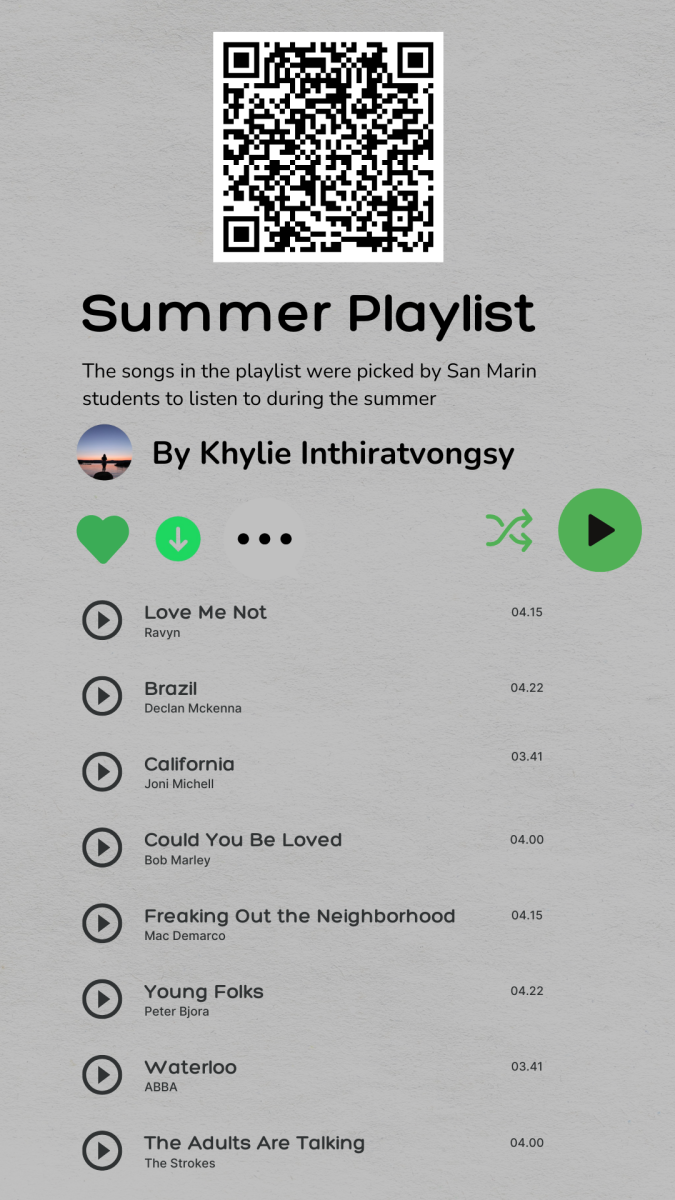
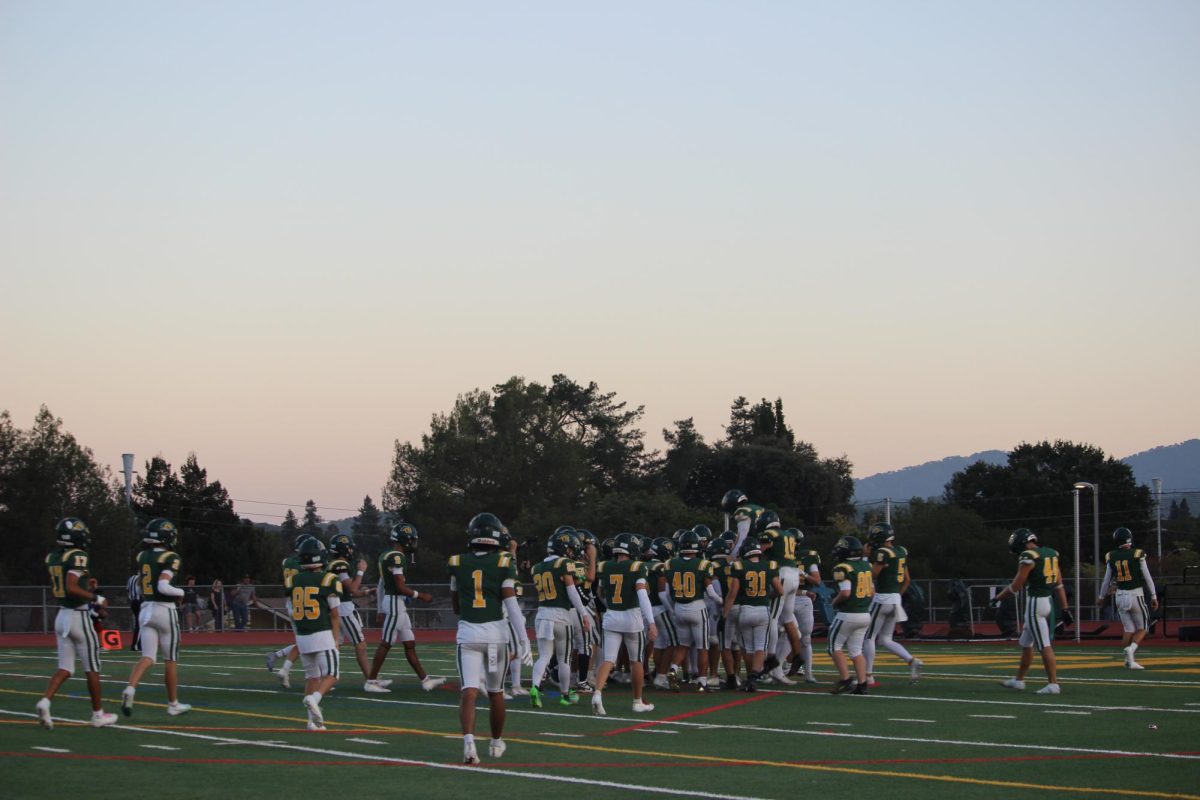
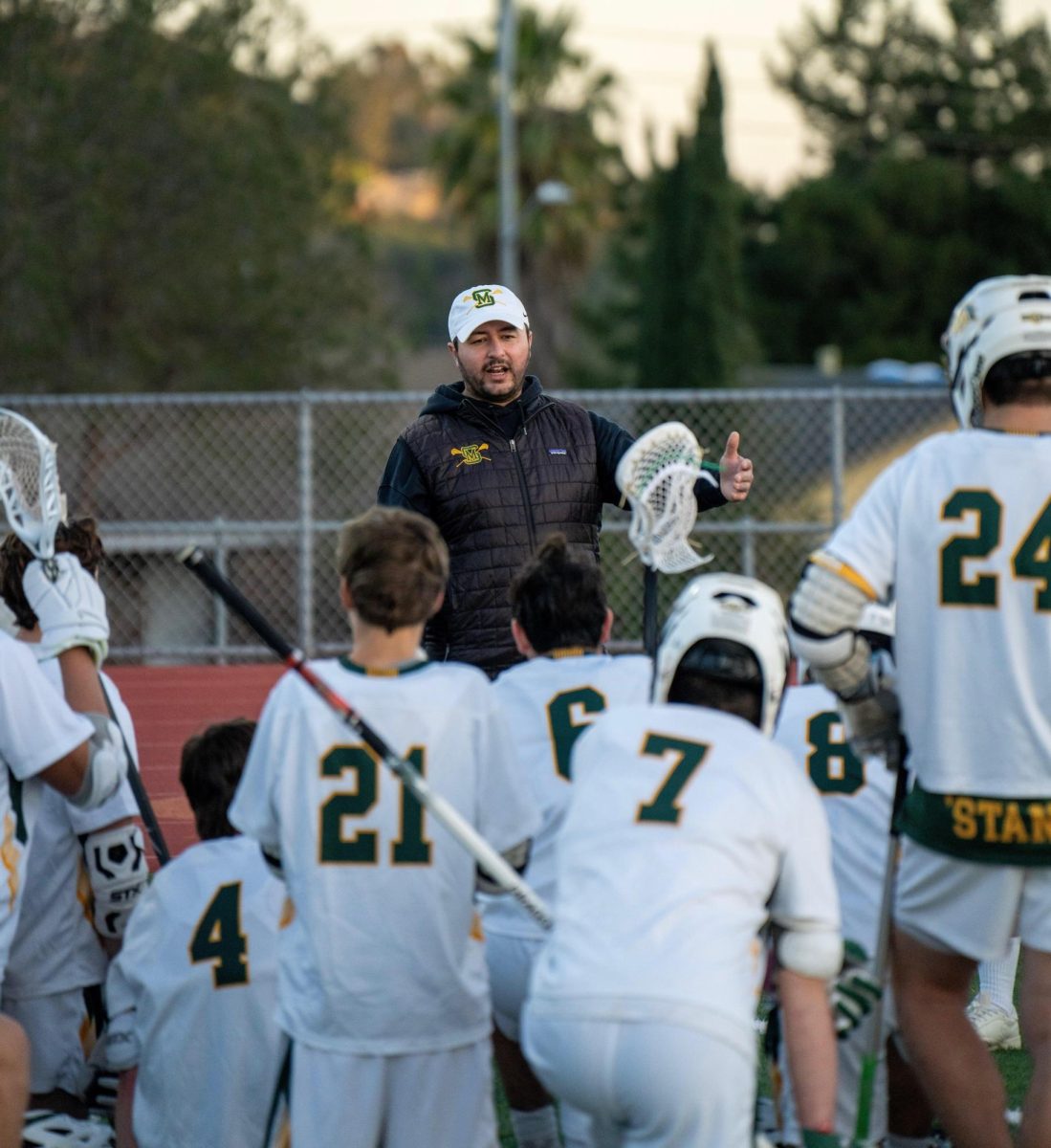
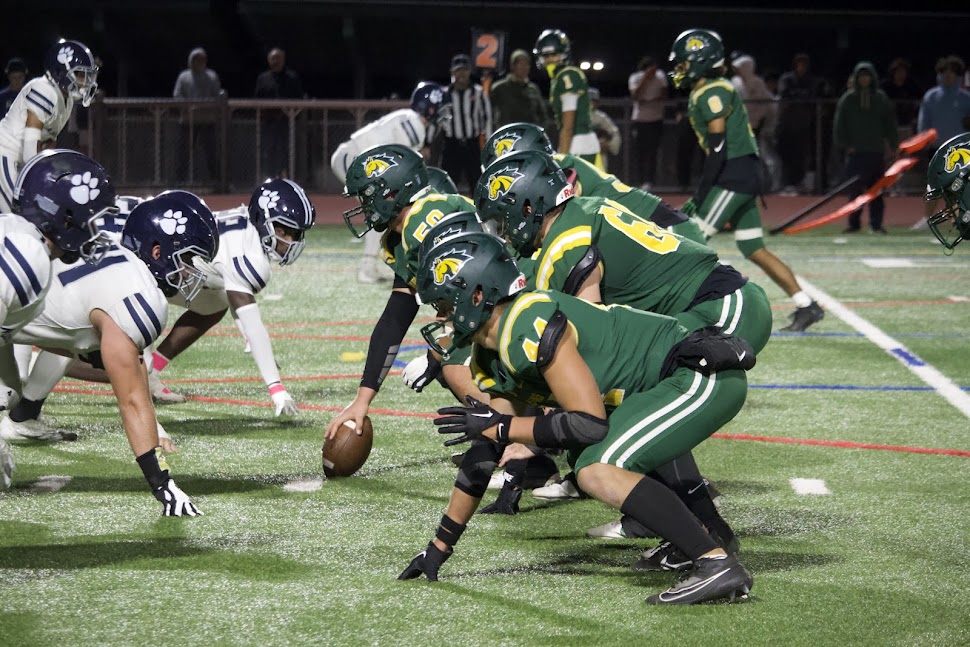

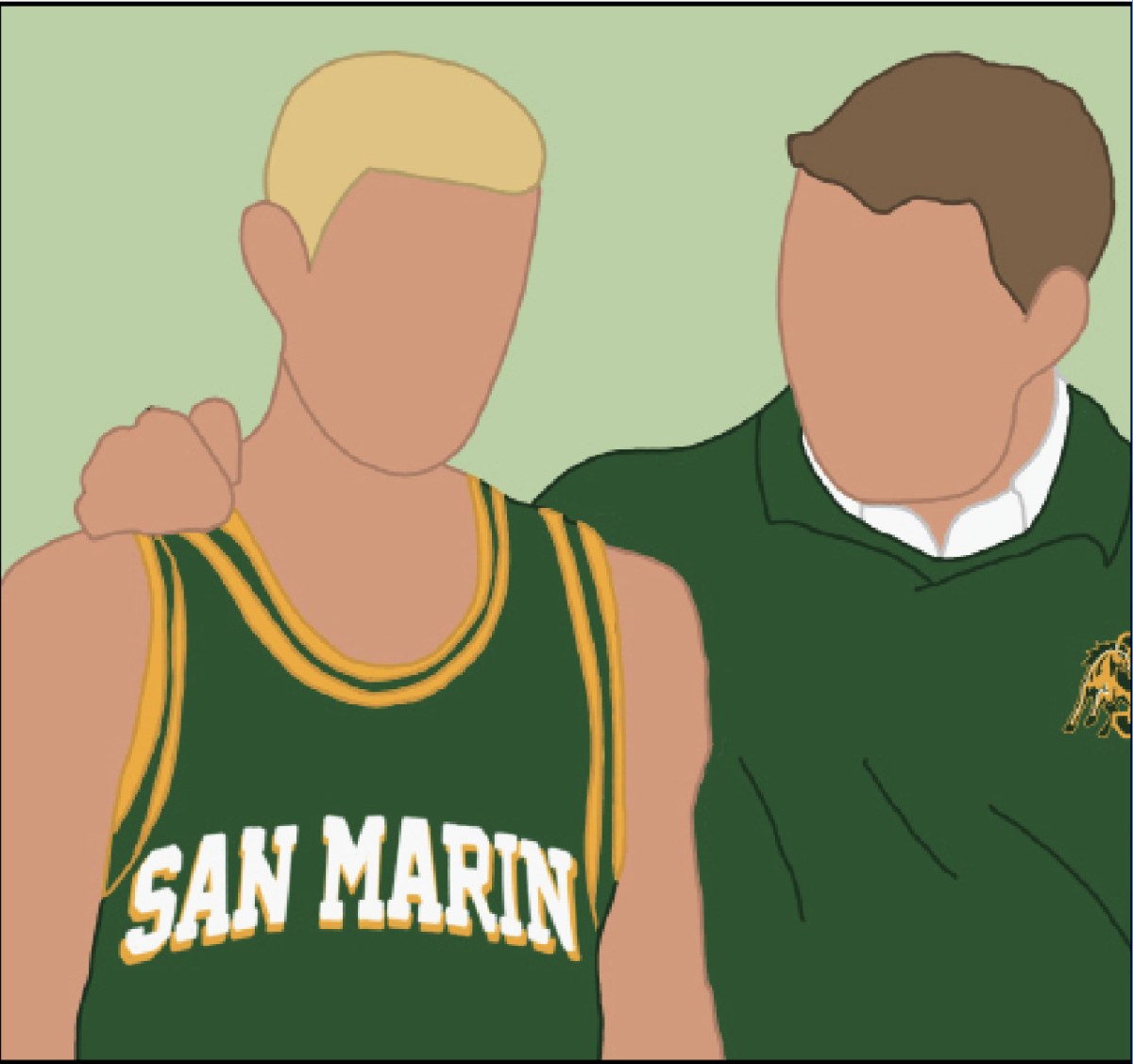

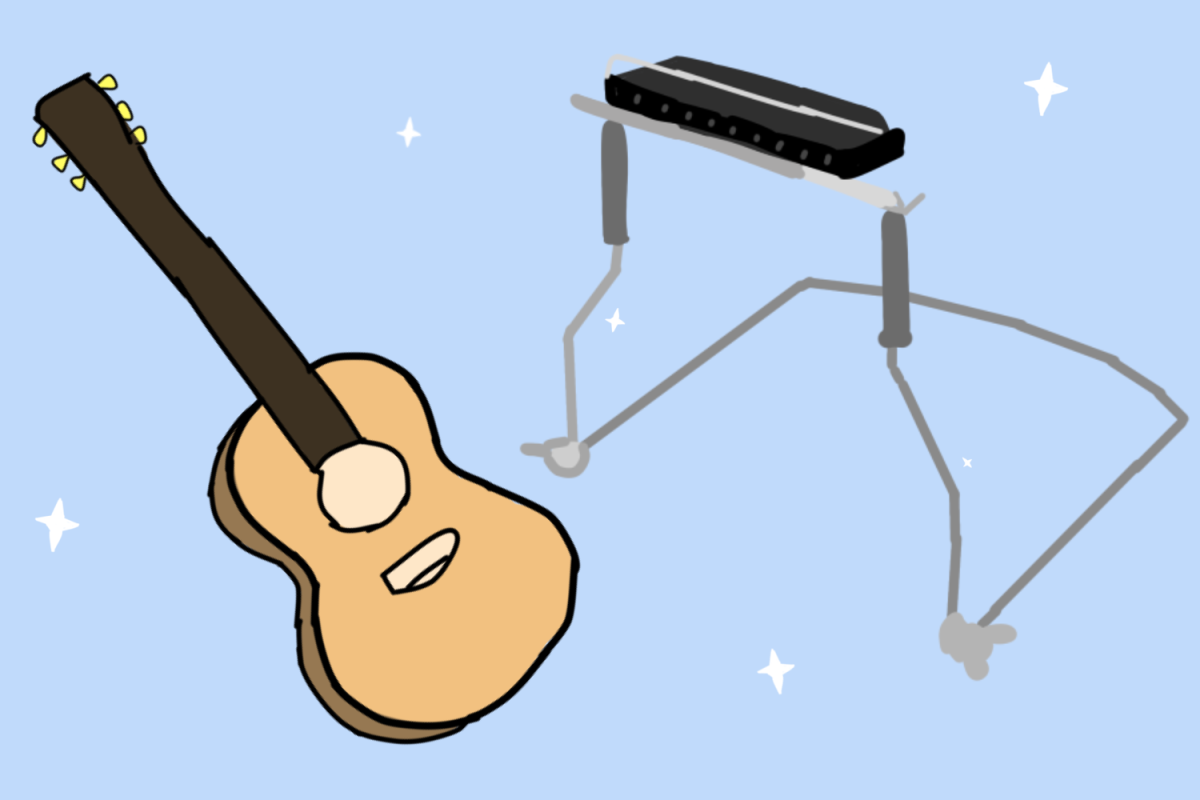



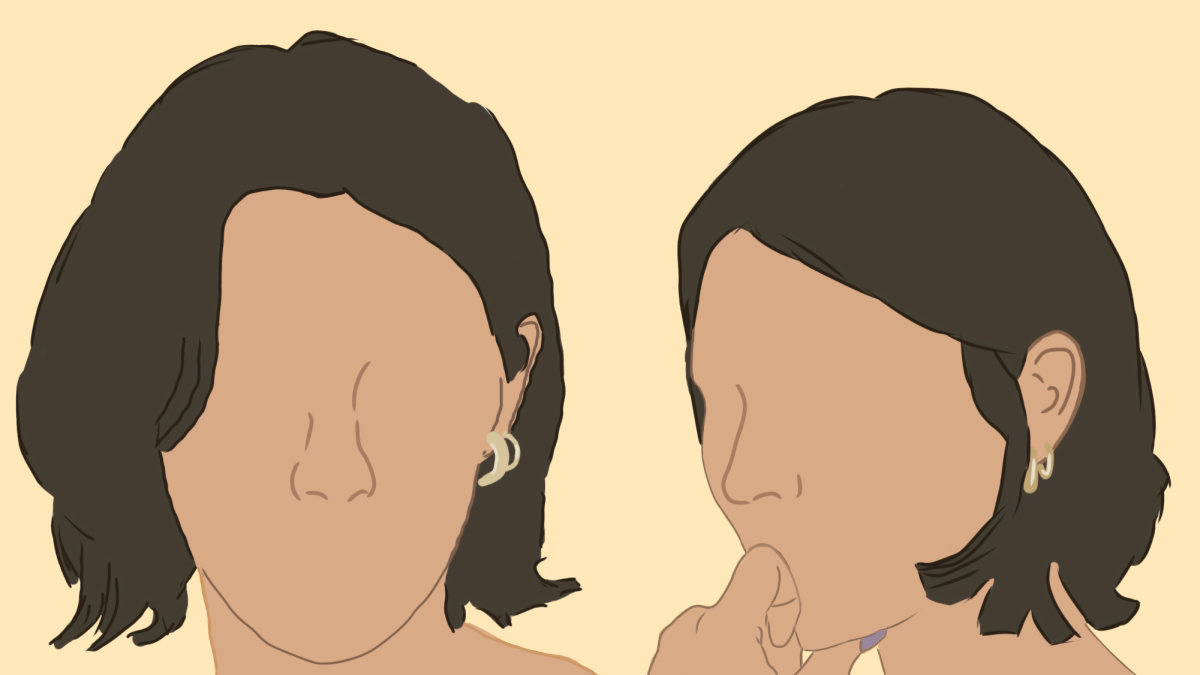

![Sims hopes for San Marin to improve standardized test scores and increase planning time for teachers. [Jenna Clark]](https://smhsponyexpress.org/wp-content/uploads/2017/10/dr-sims-photo-1200x800.jpg)
